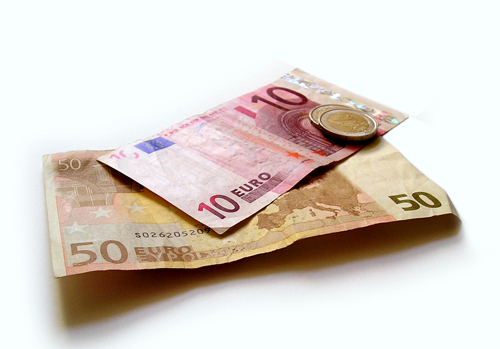
DAVID ADAMS takes a look back at the origins of the euro…

PICTURE: Iliana/www.freeimages.com
The European Union may be in a somewhat parlous state at the moment as it works through the ramifications of Brexit but it was 15 years ago this month that the world saw the launch of the physical banknotes known as euros in what amounted to the biggest ever launch of a new currency.
Launched simultaneously in 12 nations across Europe (excluding Denmark, Sweden, and the UK) lived in by some 300 million people, notes and coins (known as cents, there are 100 to each euro) had been distributed to retailers in affected countries for a month before the currency went “live” into the hands of people as cash on 1st January, 2002.
The first transaction reportedly didn’t take place on continental Europe but on the French island of Reunion in the Indian Ocean where the currency was reportedly first exchanged for a kilogram of lychees.
The launch was celebrated in various ways in participating countries – in Paris, for example, the Port Neuf was decorated in EU colours – and while major problems were anticipated, the changeover was surprisingly smooth (nations were allowed to keep their old currency in circulation until the end of February to ensure this was the case).
The idea for a single European currency had been posited as far back as the 1920s but it wasn’t until the signing of the landmark Maastricht Treaty in February, 1992, that European leaders agreed, with the exception of the UK, to create a single currency by January 1999.
At midnight on 1st January, 1999, the new currency was introduced as an accounting currency to world financial markets – the physical banknotes and coins came three years later. The euro is now used in 19 of the 28 member states of the European Union, an area referred to as the ‘eurozone’, meaning it’s now used by more than 335 million Europeans.
The name euro, incidentally, was official adopted on 16th December, 1995. The symbol – € – was inspired by the Greek letter epsilon and stands for ‘E’, the first letter of Europe, with two parallel lines to signify stability. The design was selected following an internal European Commission competition.
The coins, meanwhile, feature a common image showing the denomination with a map of Europe in the background while the other side features an image chosen by the country that issued the coin. The banknote designs, which were selected following a European-wide competition, are the same for each country and were inspired by a theme of ‘the ages and styles of Europe’.





